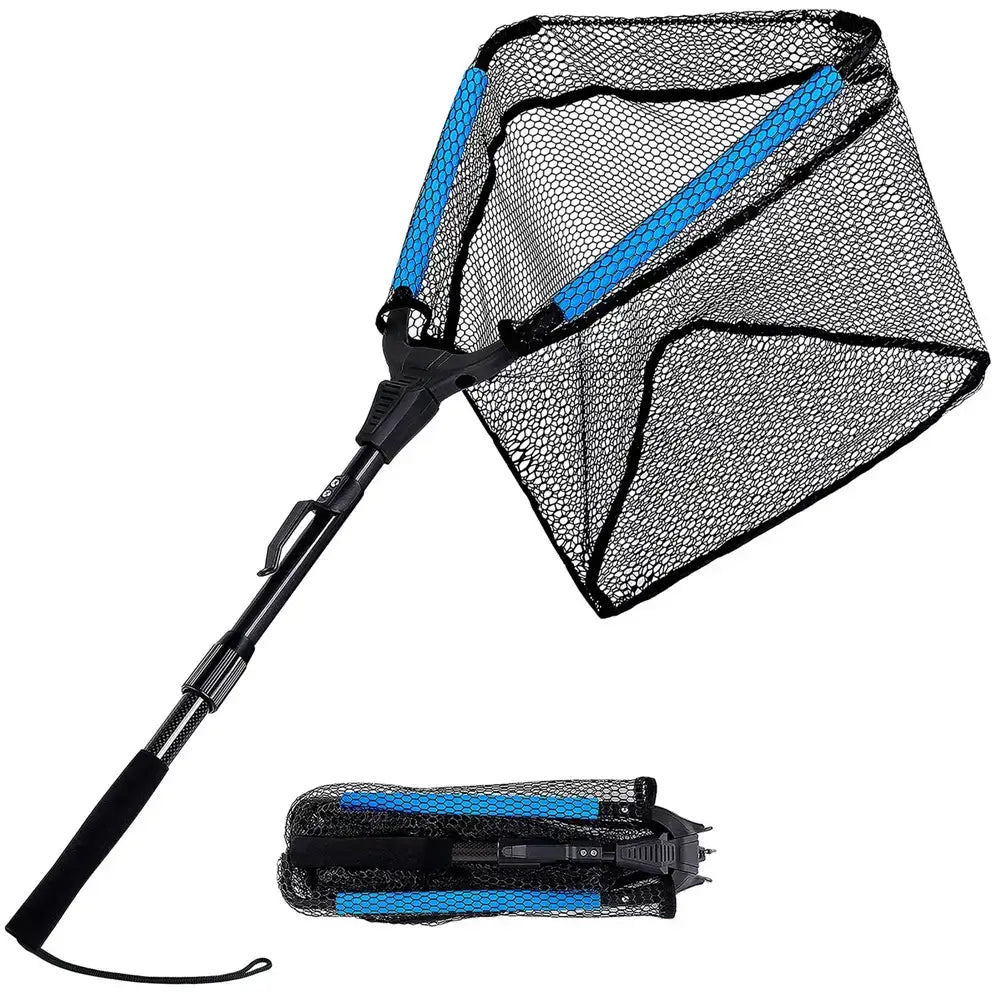When it comes to promoting a circular economy, finding innovative ways to recycle and repurpose old fishing nets is crucial. These discarded nets, also known as ghost nets, pose a significant threat to marine life and the environment. By repurposing them, we can not only reduce waste but also contribute to the conservation of our oceans. In this article, we will explore various methods and initiatives that promote the recycling and repurposing of old fishing nets, ultimately fostering a circular economy.

1. Recycling Fishing Nets: A Sustainable Solution
Recycling old fishing nets is an essential step in reducing their environmental impact. These nets are typically made of nylon, a durable and long-lasting material. Instead of ending up in landfills or floating in the ocean, recycling them can give them a new life and prevent further harm to marine ecosystems.
One innovative approach to recycling fishing nets is through a process called depolymerization. This process involves breaking down the nylon into its basic components, which can then be used to create new products. For example, the recycled nylon can be transformed into fibers for textiles, such as clothing and carpets. This not only reduces the demand for virgin nylon but also prevents the extraction of fossil fuels needed to produce it.
2. Repurposing Fishing Nets: Creative Solutions
Repurposing old fishing nets offers a creative and sustainable way to give them a second life. There are numerous initiatives and organizations that are finding innovative ways to repurpose these nets into useful products.
One such initiative is the creation of recycled plastic lumber. By shredding and melting down old fishing nets, they can be transformed into durable plastic boards that can be used for various applications, such as building materials, furniture, and even playground equipment. This not only reduces waste but also provides a sustainable alternative to traditional lumber, which often contributes to deforestation.
Another creative solution is the use of old fishing nets in the production of fashion accessories. Companies are now repurposing these nets into stylish handbags, wallets, and even jewelry. By incorporating recycled fishing nets into their designs, these companies are not only reducing waste but also raising awareness about the importance of recycling and repurposing.
3. Collaborative Efforts: Partnerships for Change
Promoting a circular economy requires collaboration and partnerships between various stakeholders. Governments, NGOs, fishing communities, and the private sector all play a crucial role in driving change and finding sustainable solutions for old fishing nets.
One example of a collaborative effort is the Global Ghost Gear Initiative (GGGI), a multi-stakeholder alliance dedicated to tackling the issue of ghost nets. The GGGI brings together governments, NGOs, and industry representatives to develop and implement solutions for the recovery and recycling of fishing gear. Through their efforts, they aim to reduce the amount of ghost nets in our oceans and promote a circular economy.
4. Education and Awareness: Empowering Change
Education and awareness are key in promoting the recycling and repurposing of old fishing nets. By raising awareness about the environmental impact of ghost nets and the benefits of recycling, we can empower individuals and communities to take action.
One way to educate and engage the public is through interactive exhibits and workshops. These initiatives can showcase the process of recycling and repurposing fishing nets, allowing people to see firsthand the transformation of waste into valuable resources. Additionally, educational campaigns and online resources can provide information on how individuals can contribute to the circular economy by properly disposing of their old fishing nets or supporting organizations that recycle them.
By recycling and repurposing old fishing nets, we can make a significant impact on the health of our oceans and the planet. Through innovative approaches, collaborative efforts, and education, we can promote a circular economy and ensure a sustainable future for generations to come.







